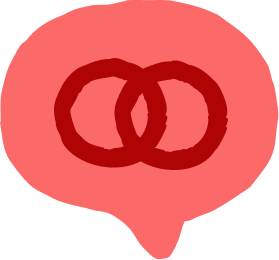@dkny24 - There are a couple of options you can do .. simple is create each set of questions as a separate question group.
this option will also have you creating duplicates of each of the question sets to place in the correct place along the chose logic paths
the last question in each group is the one that asks them if they want to do another question set - if no send them to the end. if yes, then you have a branching tree to lead them down
you will need to create some ‘selection’ menu questions to help guide them along the path
if they chose 1 first, then say yes, you would present them with a multiple choice question that says options 2-5 (from your first list) and route to a duplicated set of questions for #2-#5 but that is along the path of choosing 1 first
if they chose 2 first, you present your menu choices for 1,3-5 and take them to the the questions sets below but along the ‘chose 2’ path …. same for 3-5
when the use choses the 1 first, completes the set and choses another question set say 3 (remember their list of choices was 2-5) at the end if they say yes to another question set, you would have to choose the menu option question that has 2,4,5 … and so on till they finish the full set or jump out to an ending
you would repeat this process for the choose 2 first or 3 first etc
this is a really simple option and when you draw it out on paper BEFORE YOU EVEN START CREATING QUESTIONS you will see that it is just a big decision tree.
the other method would involve creating series of hidden variables that might be passed into the form - one variable for each of the 5 choices - where you would identify to the quiz that the user has completed q1 or q2 etc. (something like v! = no v2=no … v5 =no - once someone answers one of the question sets you would change the appropriate variable to yes.
you can do this all in one form - ie subitting the data on the selection of the next question menu item and going back to the top where you would use the logic on hidden fields component first - if v1 = yes and qchosen = 2 go to q2 , … if v1 = yes and qchosen = 3 go to q2… and once you get the second round of question answers, you would do if q1 = yes and q3 = yes and qchosen = 5 go to 5.. type logic pathing
you could also do this by creating a form for each question type and doing a similar passing of the variables
remember to add in a question that gives you a unique identifier that you can use to link the form results from submission to submission ie an email address
just a couple of thoughts
des



